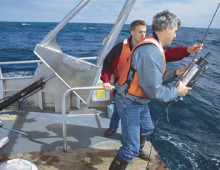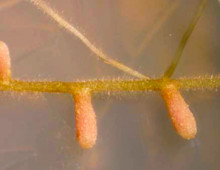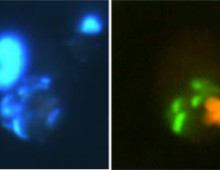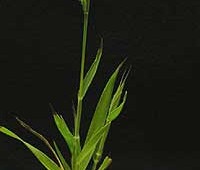Why Sequence PAH-Degrading Burkholderia?
Polycyclic aromatic hydrocarbons (PAHs) are widespread pollutants of soil and sediment. Many are carcinogenic and are contaminants of concern at DOE sites. The health threats of PAHs are compounded by the fact that they are fat soluble and have a strong potential to accumulate in tissues and to increase in concentration over time. Thus, PAH-contaminated… [Read More]






